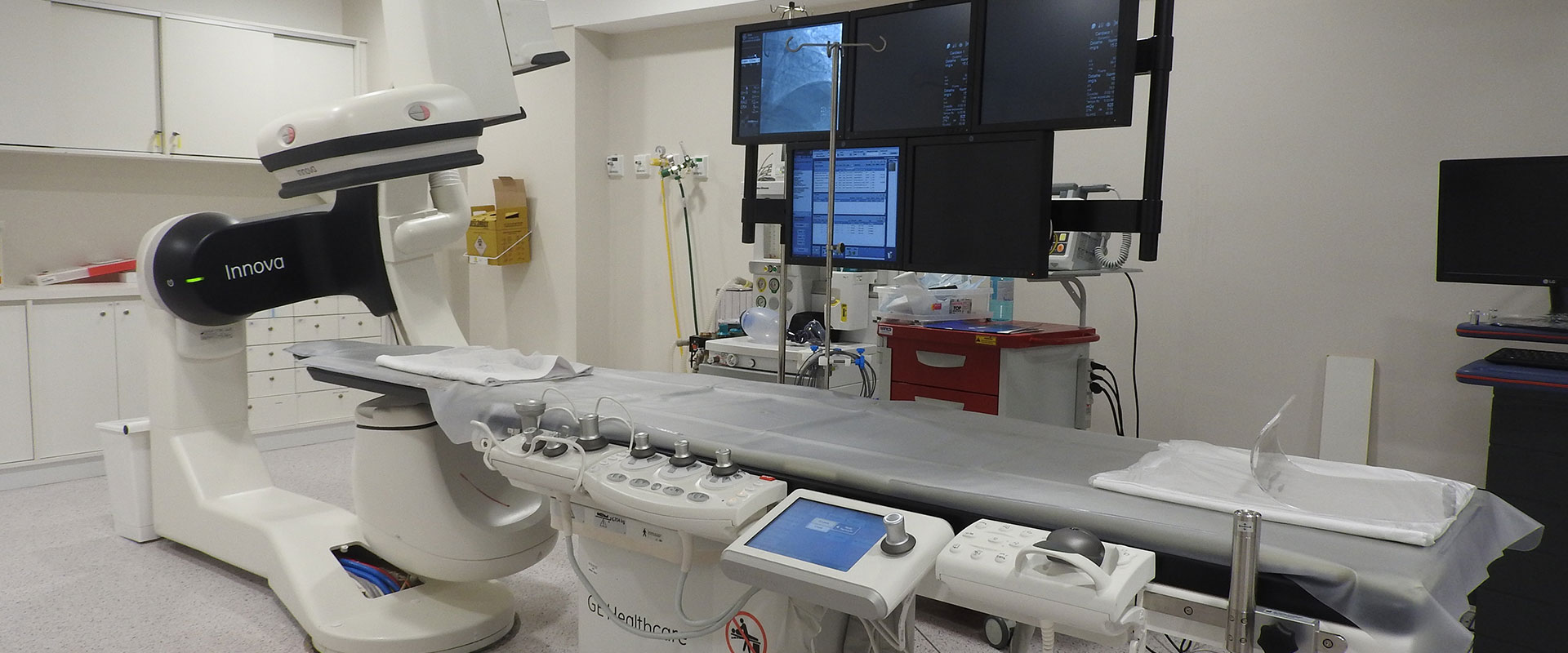No one can deny that COVID-19 became the biggest disruptor to the retail markets in 2020. It changed customer expectations of retail experiences, required retailers to pivot and rethink their strategies, and forced some companies — already struggling pre-pandemic — to close entirely.
While retail sales slowed significantly as shopping migrated from primarily in-person shopping to entirely virtual, the market is looking up. In February 2021, the National Retail Federation (NFR) anticipated sales growth of 6.5% this year. The organization recently revised its forecast adjusting its projected growth to somewhere between 10.5% and 13.5% — or $4.44 trillion to $4.56 trillion this year.
To put it into perspective: last year’s retail sales totaled $4.02 trillion. Online channels and other non-store purchases totaled $920 billion. Several other factors are contributing to the stronger than expected growth.
GDP growth is now likely to hit nearly 7% (significantly higher than the initially predicted 4.4% to 5%), and it should reach pre-pandemic output levels by the end of Q3/ beginning of Q4.
People have more income to spend, thanks to significant fiscal and monetary policies enacted in 2020 and 2021, like the child tax credits that began to hit consumers’ bank accounts in July. The NPD Group says discretionary sales revenue increased 17% in the first six months of 2021, rising 18% over 2019 levels.
Some Shortages Hurting Sales
While purchases of electronics rose early in the pandemic—and shifted to increased spending on clothing, restaurants/bars, sporting goods supplies, and even vacations, other areas have been affected by parts shortages.
Manufacturers have cut car production because of a low supply of computer chips. Global chip production capacity has begun to expand, but chip shortages will likely persist through the end of 2021. According to Kiplinger, the shortage should be resolved in 2022, allowing automobile manufacturers to ramp up production.
Building material sales have declined, too, because of high costs — although lumber prices have begun to fall a bit. Futures contracts dropped to $536 per thousand board feet on July 16 (a 68% decline from May’s record-breaking $1,676 price for the same amount). People who put home renovations on hold because of soaring prices will eventually see the savings reflected but it will take time.
Digital and Online Sales: Full Speed Ahead
With more consumers gaining protection from the COVID-19 vaccines, they’re returning to brick-and-mortar stores. In Q2, customers spent nearly $1 in $5 online, but offline sales have grown more than 20% YOY over ecommerce in 2021. The in-store shopping surge in spring through early summer this year generated $1.14 trillion — a 19.6% increase over the $953.8 billion in Q2 2020. It’s the highest YOY lift for any quarter or year going back 28 years (the first year the Commerce Department began tracking such metrics).
During the first half of 2021, the retail industry performed strongly. A caveat: the comparison with 2020 splits between pre- and mid-pandemic spending.
- eCommerce grew 21.9% in Q1 and Q2 2021 to $408.51 billion, up from $335.15 billion during the same quarters in 2020
- Online penetration increased 18.2% to reach 19% this year compared to last year
- Offline (brick-and-mortar) sales increased 15.4% YOY
- Total retail sales for 2021 have grown 16.6% to reach $2.15, up from Q1/Q2 2020’s $1.85 trillion
- Digital sales drove 23.9% of gains in retail spending across all channels
Keeping the Momentum Moving
Based on the numbers, many experts cautiously agree that retail will continue its rebound — and grow even more — in the latter half of 2021 and beyond. But to maintain that momentum, retailers must also continue evolving to best accommodate their customer base.
Traditional retailers are strategizing and creating new digital experiences and brands reimagining product portfolios. The retail sector is leveraging data science more than ever before to collect data types — structured/unstructured, 1st party, 2nd party and zero party data — to evaluate consumer behaviors and adjust their marketing practices accordingly.
Customers want (and expect) a frictionless experience regardless of where they’re shopping. To meet those expectations, retailers will rely on various AI and data automation projects including:
- Autonomous customer personalization AI-based initiatives
- Cloud migration projects
- In-store contactless retail programs including payments, returns, and voice-activated product displays
- Predictive analytics initiatives
- 5G technology to enhance, elevate and speed up customer communication
- Updated data security and data privacy, especially with the plan to gradually phase out and eliminate third party cookies over the next couple years
Economists anticipate consumer spending — accounting for more than two-thirds of the country’s economic activity — will continue to grow. In fact, it increased at an 11.4% annualized rate in Q1 2021. Demand for goods remains strong even with spending shifting more to services such as restaurants and bars — the only services category in the retail sales report. Sales, by June 2021, advanced 18% over June 2020. While some consumers worry about inflation, increased (and record) savings suggest inflation concerns won’t significantly affect retail spending. Brands, retail business owners, and budding entrepreneurs just entering the retail market — or well-established but strategizing how to remain competitive and thrive in a post-pandemic world — shouldn’t go it alone. If you’re looking for advice on retail real estate matters, reach out to the Retail Real Estate Group at CREA United. Its members have partnered to offer clients access to guidance on all aspects of CRE transactions.

